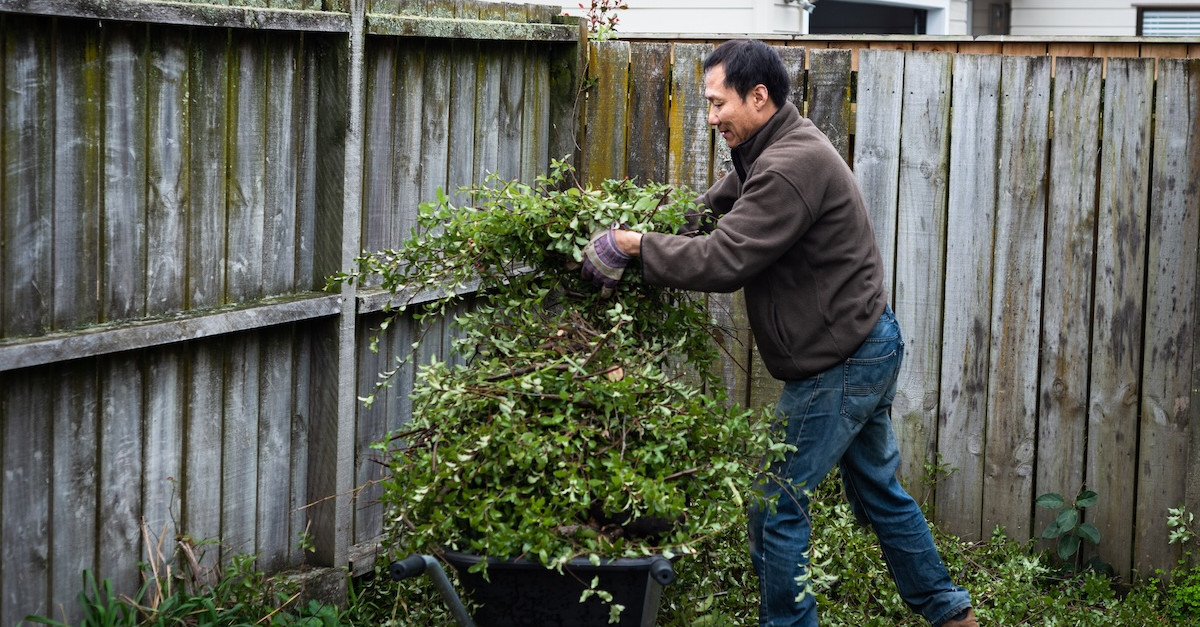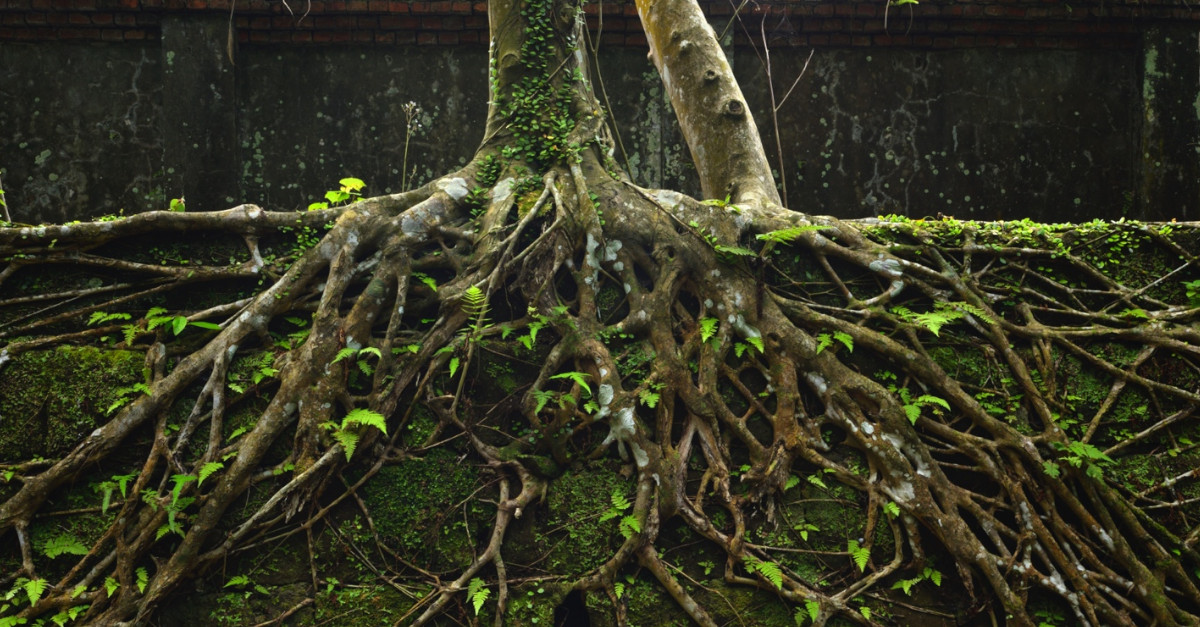A Breath of Fresh Air: How Trees Can Help You Have a Healthier New Year
If you’re focusing on your health in the new year, you’re not alone. Being healthier overall was the most common resolution for Americans going into 2022. As you prepare for a year of wellness, one unexpected aid can be found in trees. Here’s how you can use trees for a healthier 2023.
How Trees Can Boost Your Health in 2023
Promote Better Air Quality
Trees remove particulate matter, or the pollution that can damage our lungs. Their leaves filter pollution, releasing cleaner air and helping to control respiratory conditions like asthma. Since particulate matter is highest in large cities and near factories, if you live in those areas aim to spend more time in nature throughout the year to help offset the effects of pollution.
Shield You from Heat & Sun
Although the long, hot days of summer may be far from your mind right now, you can still plan ways to stay healthy all year by thinking ahead. If you enjoy outdoor activities during the warmer weather, make a point to take breaks under a shady tree when you can. By absorbing or reflecting back 70-90% of sunlight’s energy, trees help prevent skin cancer while also reducing heat stroke and heat exhaustion.
Support Mental Health
Being among the trees can be an instant stress-buster. They help control sounds, literally quieting distractions so you can practice inner reflection. Spending time in natural areas populated with trees has also been shown to control depression and boost energy. When you’re feeling overwhelmed, head to a local trail or tree-lined pathway to clear your head.
Offer Sustenance
You may already know that some of your favorite fruits and nuts come from trees. But while you may be able to find these products at a local grocery store or market, several populations around the world have relied on the fruit and nuts from local trees as sustenance when other food sources are scarce. Along with other wholesome foods, a diet rich in fruit can help you stay healthy by lowering the risk of serious diseases through a variety of important nutrients.
In 2023, consider making it your goal to enjoy fruits from local trees. Support nearby farmers by purchasing from them directly, which also ensures your produce will be fresher and create less of an environmental impact to reach your plate. Planting fruit trees in your own yard may be both fun and beneficial, since it doesn’t get more local than that!
Encourage Sustainability
The positive environmental impact of a young tree may take years to come to fruition, but there are many ways planting new trees can promote sustainability for a healthier world into the future. Trees store carbon and release fresh oxygen into the air, helping to curb climate change. They also increase atmospheric moisture to aid in water conservation, control pollution by reducing runoff, and prevent soil erosion. Consider doing a favor for your future self and generations to come by planting more trees and doing what you can to care for the trees you already have.
For assistance caring for your trees, turn to Premier Tree Solutions. From pruning to removal, our tree experts can oversee all aspects of tree maintenance, leaving you time to focus on all the goals you’ve set for 2023 and beyond. Request an estimate by calling 404-252-6448 or by contacting us online.







